5 crazy solar system images captured by NASA’s Hubble Space Telescope
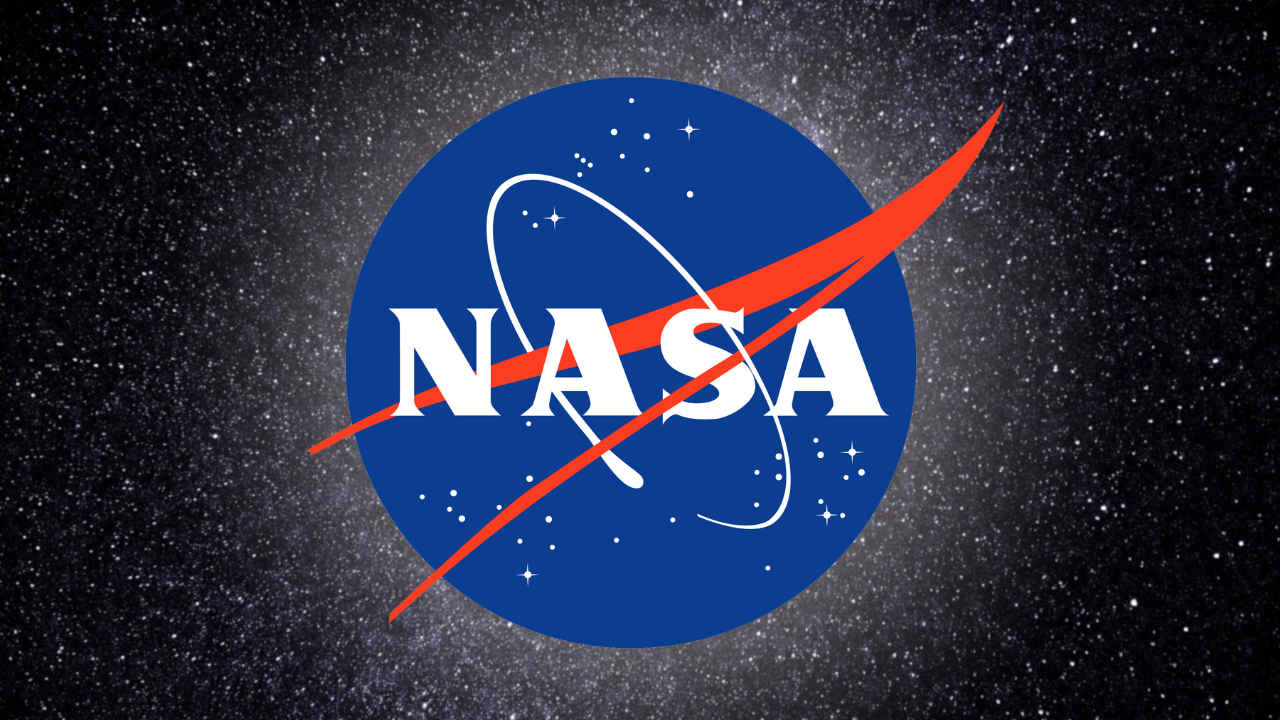
The Hubble Space Telescope (HST or Hubble) is a space telescope by NASA launched into low Earth orbit in 1990 and is still operational today. While it is not the first space telescope, it is one of the largest and most versatile, celebrated for its significant contributions to research and its role in popularising astronomy.
According to NASA, the Hubble Space Telescope is a “large, space-based observatory that has changed our understanding of the cosmos since its launch.”
In this article, I have listed five mind-blowing images of the solar system captured by NASA’s Hubble Space Telescope.
Also read: 5 stunning space images captured by NASA’s Hubble Telescope
‘SPOKE SEASON’ ON SATURN
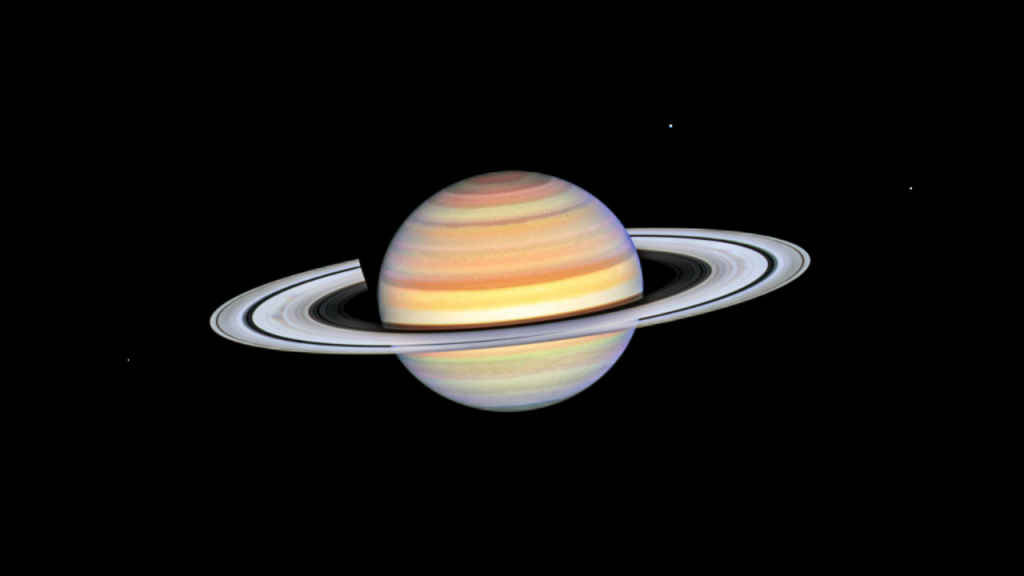
This Hubble Space Telescope photo of Saturn was taken on October 22, 2023, when the ringed planet was approximately 850 million miles from Earth. Hubble imaging is so sharp it resolves a phenomenon called ring spokes appearing on both sides of the planet simultaneously as they spin around the giant world.
Jupiter in Ultraviolet
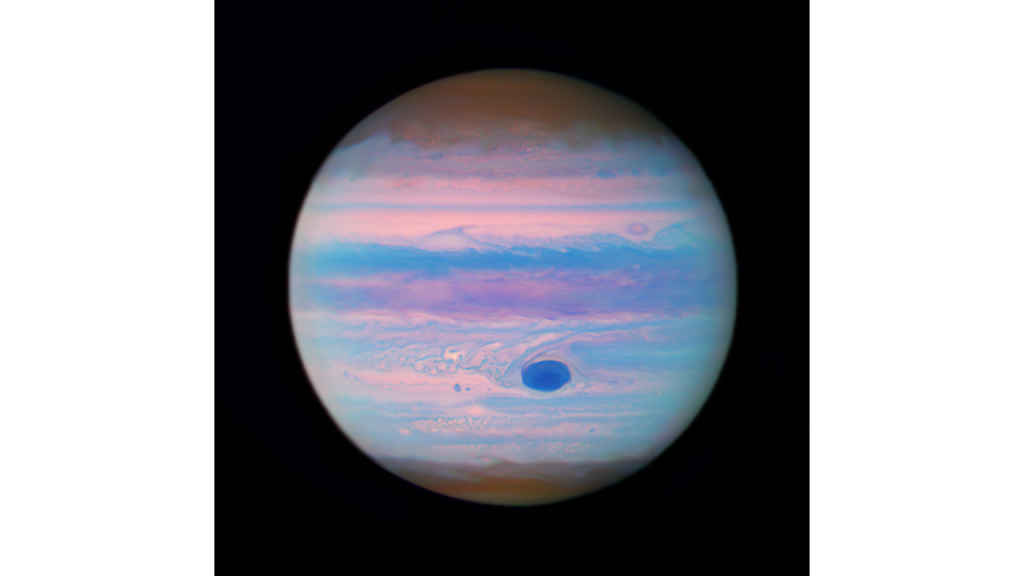
This image from the Hubble Space Telescope shows the planet Jupiter in a colour composite of ultraviolet wavelengths. The Great Red Spot appears red to the human eye, however in this ultraviolet image it appears darker because high altitude haze particles absorb light at these wavelengths. The reddish, wavy polar hazes are absorbing slightly less of this light due to differences in either particle size, composition, or altitude.
Saturn’s Rings Heating It’s Atmosphere
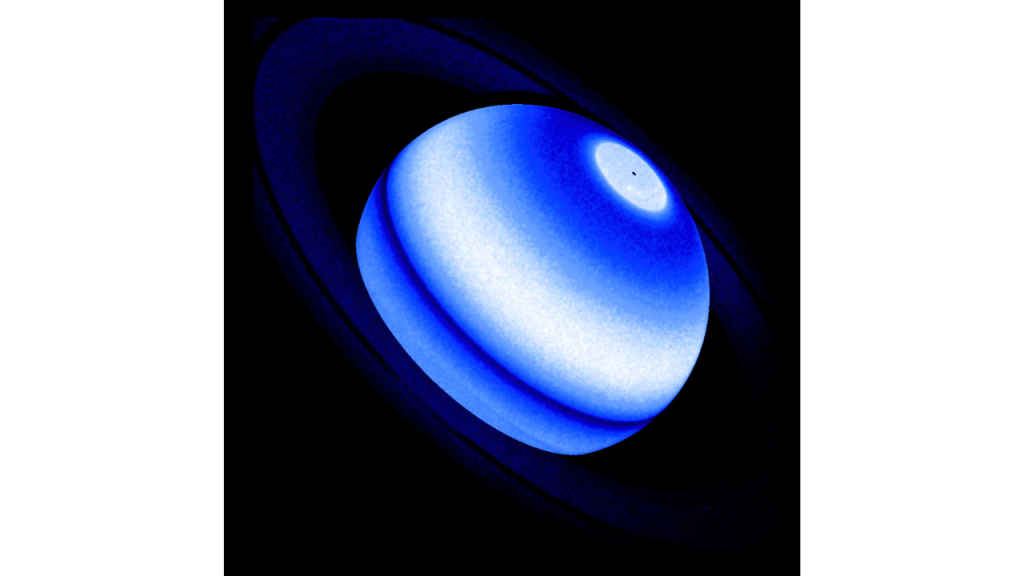
This is a composite image showing the Saturn Lyman-alpha bulge, and emission from hydrogen which is a persistent and unexpected excess detected by three distinct NASA missions, namely Voyager 1, Cassini, and the Hubble Space Telescope between 1980 and 2017.
Also read: Hubble Space Telescope: What is it and How Does it Work?
An Infrared View of Saturn
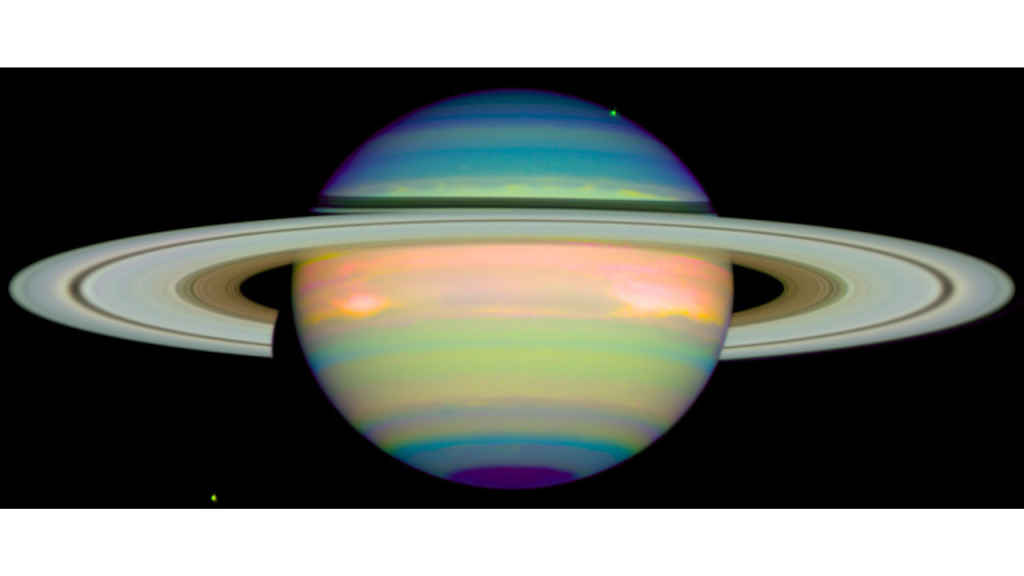
This image of Saturn provides detailed information on the clouds and hazes in Saturn’s atmosphere. The blue colours indicate a clear atmosphere down to the main cloud layer. Most of the northern hemisphere that is visible above the rings is relatively clear. The dark region around the south pole indicates a big hole in the main cloud layer. The green and yellow colours indicate a haze above the main cloud layer. The red and orange colours indicate clouds reaching up high into the atmosphere. The rings, made up of chunks of ice, are as white as images taken in visible light.
Mars at 54 Million Miles from Earth
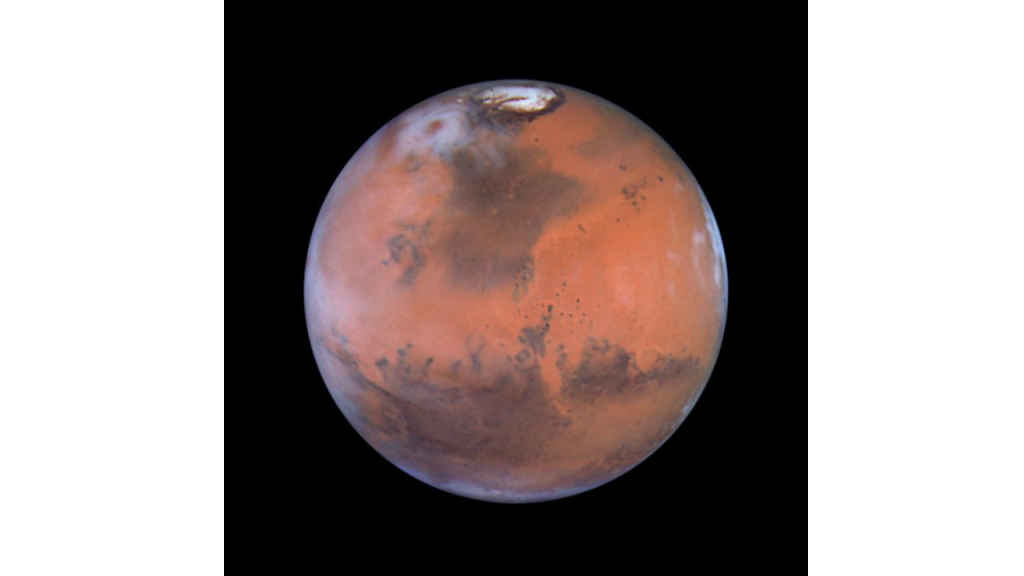
This 1999 Hubble Space Telescope image, one of several taken when Mars was 54 million miles (87 million km) from Earth, is centred near the location of the Pathfinder landing site.
Ayushi Jain
Tech news writer by day, BGMI player by night. Combining my passion for tech and gaming to bring you the latest in both worlds. View Full Profile




